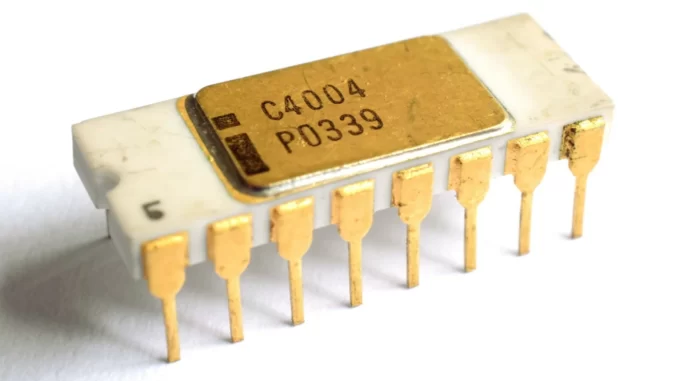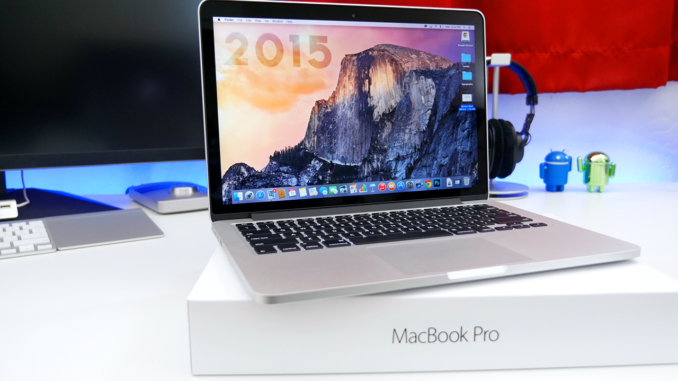
Introduction
Intel is one of the world’s leading technology companies, specializing in semiconductor computer circuits. It is headquartered in Santa Clara, California, and has a dominant position in the global CPU market. Intel is also known for its innovations in memory chips, microprocessors, integrated circuits, and graphics processors. Intel’s name comes from “integrated electronics”
How Intel Is Growing So Fast
Intel has been growing rapidly in recent years, thanks to its strategic investments, product diversification, and market expansion. Some of the factors that contribute to Intel’s growth are:
- Investing in new technologies and capabilities: Intel has been investing heavily in research and development, as well as acquiring or partnering with other companies, to enhance its technological edge and broaden its portfolio. For example, Intel acquired Mobileye, a leader in autonomous driving technology, in 2017 for $15.3 billion Intel also acquired Habana Labs, an AI chip startup, in 2019 for $2 billion Intel also partnered with Microsoft to develop a new AI chip called Azure NPU.
- Diversifying its product offerings: Intel has been expanding its product range beyond its core CPU business, to cater to the growing demand for various applications and markets. For example, Intel launched its first discrete GPU, called DG1, in 2020, to compete with NVIDIA and AMD in the gaming and graphics market Intel also launched its first AI accelerator, called Nervana NNP-I, in 2019, to target the data center and cloud computing market Intel also introduced its first hybrid processor, called Lakefield, in 2020, to enable thin and light devices with long battery life.

Intel Cloud Computing - Expanding its market reach: Intel has been pursuing new opportunities and customers in different regions and segments. For example, Intel entered the 5G market by providing its modems and chipsets for various devices and networks Intel also entered the education market by providing its processors and platforms for low-cost laptops and tablets for students and teachers Intel also entered the healthcare market by providing its solutions for medical imaging, genomics, and telemedicine.
What Is The story Behind Intel’s Success
Intel was founded in 1968 by Robert Noyce and Gordon Moore, who were former employees of Fairchild Semiconductor. They wanted to create their own company that would focus on integrated circuits, which were the cutting-edge technology at that time. They raised $2.5 million from a venture capitalist named Arthur Rock, who helped them find a third co-founder, Andrew Grove, who was an engineer and manager at Fairchild.

Intel’s initial success came from its invention of the first commercially available DRAM (dynamic random-access memory) chip in 1970, which revolutionized the computer memory industry. Intel also invented the first EPROM (erasable programmable read-only memory) chip in 1971, which was the most successful product line until 1985.
Intel’s breakthrough came in 1971 when it introduced the first microprocessor, called 4004, which was a single-chip CPU that could perform basic arithmetic and logic operations. This was followed by more advanced microprocessors, such as 8008, 8080, 8086, and 8088. These microprocessors enabled the development of personal computers (PCs), such as the Altair 8800 and the IBM PC.
Intel’s dominance in the microprocessor market was challenged by competitors such as Motorola and Zilog in the late 1970s and early 1980s. However, Intel regained its leadership by launching the x86 architecture in 1982, which became the standard for PCs and compatible devices. Intel also developed the x86 instruction set extensions (such as MMX, SSE, AVX), which enhanced the performance and functionality of its microprocessors. Intel’s growth was fueled by its partnership with Microsoft, which created the Wintel platform that dominated the PC industry for decades. Intel also benefited from its “Intel Inside” marketing campaign that started in 1991, which increased its brand awareness and loyalty among consumers and manufacturers.

Intel faced another challenge in the late 1990s and early 2000s from AMD, which offered cheaper and faster microprocessors based on the x86-64 architecture (also known as AMD64 or x64). Intel responded by developing its own version of x86-64 (also known as IA-32e or EM64T) and launching new product lines such as Pentium M (for mobile devices), Pentium D (for dual-core processors), and Core (for multi-core processors).
Intel continued to innovate and diversify its products and markets in the 2010s and 2020s, by introducing new technologies such as 3D XPoint (a non-volatile memory technology), Optane (a high-performance storage device), Foveros (a 3D packaging technology), Iris (a graphics technology). Intel also ventured into new domains such as artificial intelligence, autonomous driving, cloud computing, and the Internet of Things.

What is Intel Iris
Intel Iris is the name of a series of integrated graphics processors (IGPs) developed by Intel Corporation. These IGPs are designed to provide high-performance graphics for laptops and desktops without the need for a separate or discrete graphics card. Intel Iris graphics are based on different architectures and variants, such as Xe, Plus, Pro, and Graphics.
Some of the features and benefits of Intel Iris graphics are:
- They support faster photo and video editing, smoother gameplay, and an immersive high-definition viewing experience.
- They can connect up to four HDR displays at once and support Dolby Vision and Dolby Atmos technologies.
- They are power-efficient and balance graphics performance with battery life.
- They can work alongside Intel Iris Xe Max, a discrete GPU, to combine their processing capabilities.
Some of the products that use Intel Iris graphics are:
- The 11th-generation quad-core Intel Core i5 and i7 “Tiger Lake” processors, have Intel Iris Xe graphics as their standard component.
- The Intel Evo-branded laptops are certified to have Intel Iris Xe graphics, along with other features such as long battery life, fast charging, Wi-Fi 6, and Thunderbolt 4.
- The Apple MacBook Pro models from 2013 to 2015, have Intel Iris Pro graphics with embedded DRAM.

Apple MacBook Pro 2015 Model With Intel Iris Pro Graphics
How Intel Is Involved With Artificial Intelligence
Artificial intelligence (AI) is the intelligence of machines or software, as opposed to the intelligence of humans or animals. AI technology is widely used throughout industry, government, and science. Some high-profile applications are advanced web search engines (such as Google Search), recommendation systems (used by YouTube, Amazon, and Netflix), understanding human speech (such as Siri and Alexa), self-driving cars (such as Waymo), generative or creative tools (such as ChatGPT and AI art), and competing at the highest level in strategic games (such as chess and Go).

Intel is one of the leading companies in AI research and development, offering a combination of hardware and software technologies that deliver broad capabilities to support computing, storage, transmission, and tuning in AI. Some of the strategic priorities of Intel in AI are:
- Enabling end-to-end AI solutions: Intel provides a comprehensive portfolio of AI products and platforms that span from edge to cloud, from inference to training, from vision to natural language processing. These include CPUs, GPUs, FPGAs, ASICs, memory devices, storage devices, network devices, software frameworks, libraries, tools, and services.
- Accelerating AI innovation: Intel invests heavily in AI research and innovation, both internally and externally. Internally, Intel has several research labs and centers that focus on various aspects of AI, such as machine learning, computer vision, natural language processing, neuromorphic computing, quantum computing, and ethics. Externally, Intel collaborates with academic institutions, industry partners, startups, governments, and communities to advance the state-of-the-art in AI.
- Democratizing AI access: Intel aims to make AI accessible and affordable to everyone who wants to use it or learn about it. Intel offers various programs and initiatives that enable developers, students, educators, researchers, entrepreneurs, and customers to access its AI products and platforms. These include Intel DevCloud for the Edge (a cloud-based platform for testing and prototyping AI applications), Intel AI Builders (a network of partners that provide AI solutions based on Intel technology), Intel AI Academy (a platform for learning AI skills and concepts), Intel AI for Youth (a program for empowering young people with AI education), and Intel AI for Social Good (a program for supporting AI projects that address social challenges).

Conclusion
Intel is a technology giant that has been growing fast by investing in new technologies and capabilities, diversifying its product offerings, and expanding its market reach. Intel has a rich history of innovation and success in the semiconductor industry since its founding in 1968. Intel Iris is a series of integrated graphics processors that provide high-performance graphics for laptops and desktops. Intel is also involved with artificial intelligence in various ways, such as enabling end-to-end AI solutions, accelerating AI innovation, and democratizing AI access.
Leave a Reply